Eryngiums
I have collected together a selection of the sea hollies we grow so that it easy for you to compare them all side by side. This is a permanent post, and so may depict varieties that show up as not available from time to time. if you can see a variety that you would like, just give us a ring to see where it is in the production schedule.
To explore Eryngiums further maybe try the buttons below

Eryngium x zabelii ‘Jos Eijking’
Eryngo, Sea-Holly
Like their cousins, the Astrantias, Eryngiums are members of the Umbelliferae (Apiaceae), a fact that only becomes apparent on close inspection of the flowers. Each flower is in fact a composite head of many smaller flowers, with the branched umbrella like structure of most umbellifers being compacted down into a central cone. They are known for the silvery and blue shades that these flowers take on and for the excellent drying qualities of the flower heads.
As a rule the Sea Hollies all prefer a well drained root run in full sun, although some, such as Eryngium x zabellii grow perfectly well in a clay soil that is not too wet. They tolerate excessive lime, gravel and poor soils extremely well. In colder. Wetter areas it can be beneficial to remove dead foliage from the crown prior to the winter to avoid crown rot.
Eryngium is large genus of around 200 species, many of which are garden worthy plants.
One member of the Eryngium genus, the British native Eryngium maritimum has a long history of medicinal and culinary use. The roots are the part used and were considered by the Arabs as an excellent restorative. They used to be sold candided in London markets and were probably the ‘kissing comfits’ referred to by Falstaff in ‘The Merry Wives of Windsor’ – ‘Let the sky rain potatoes;..hail kissing comfits, and snow eryngoes..’ Their popularity in Britain of eryngo root peaked in the 18th century.
The latin name Eryngium possibly derives from the Greek ‘eruggarein’ – to eructate, a reference to the use of the plant to alleviate flatulent disorders. An alternative derivation may be that it is a diminutive of the word ‘errungos’, the beard of a goat. If you prefer it may be from ‘eryingion’ a name used by Theophrastus.
Plutarch relates the following story which may provide a connection:- ‘they report of the sea holly, if one goat taketh it into her mouth, it causes her first to stand still and afterwards the whole flock, until such time as the shepherd takes it from her.’




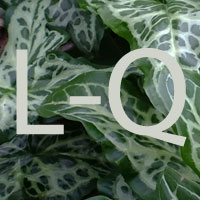
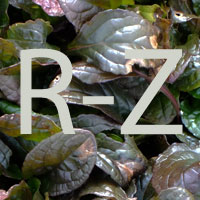



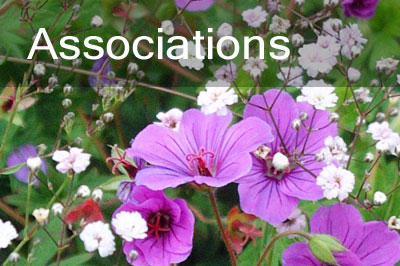
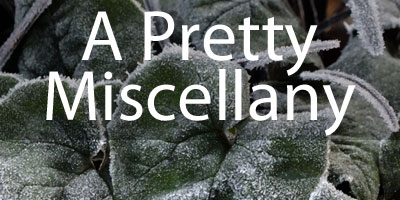
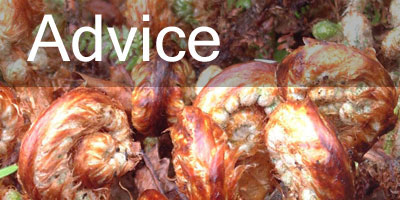


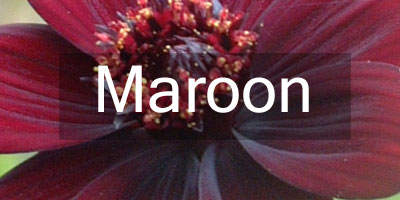
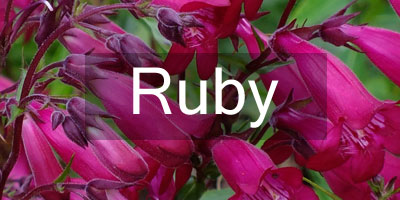






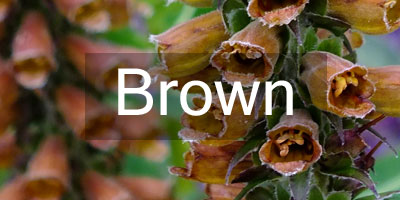



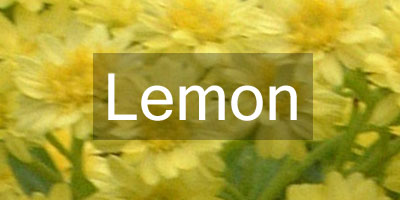

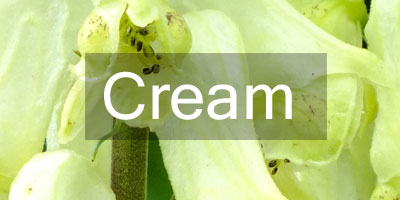


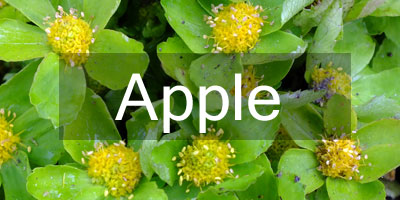






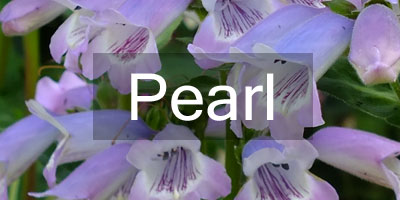
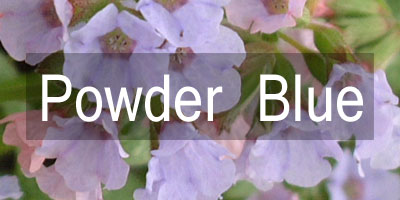





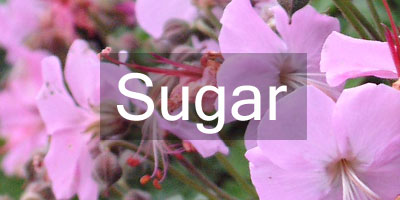




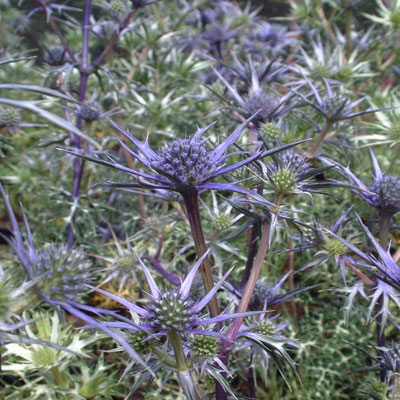
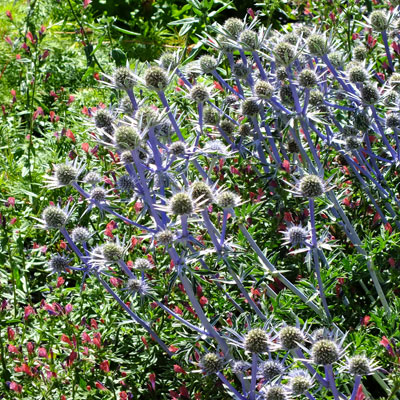
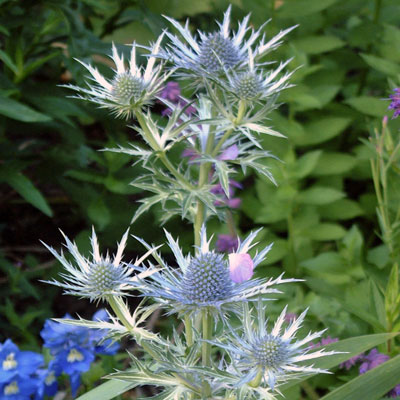
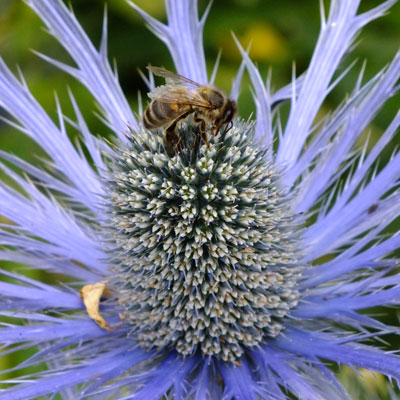

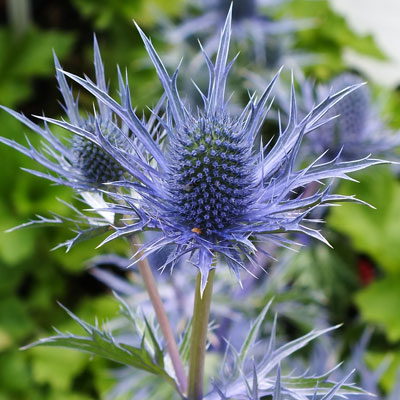

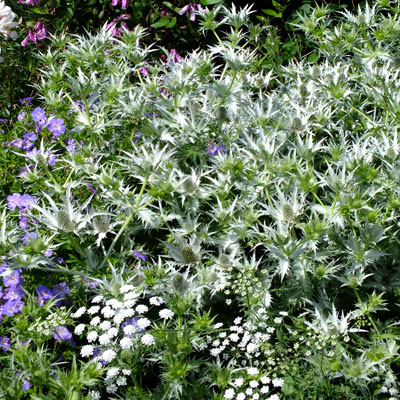
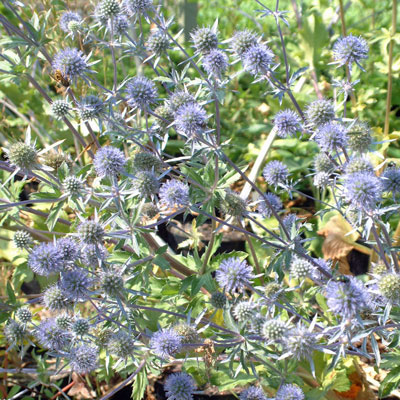
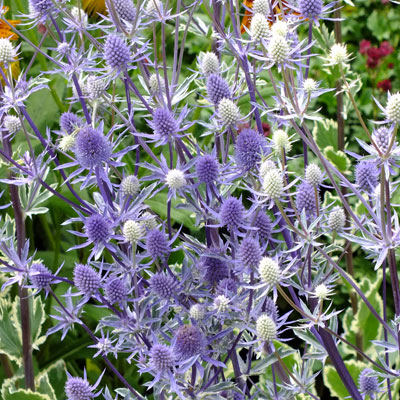
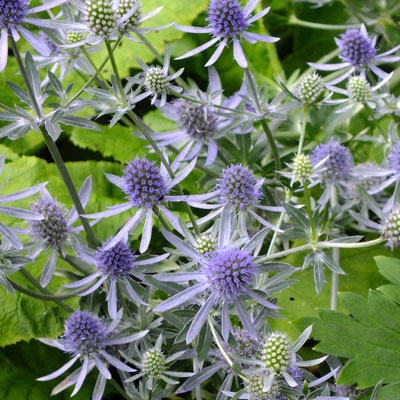

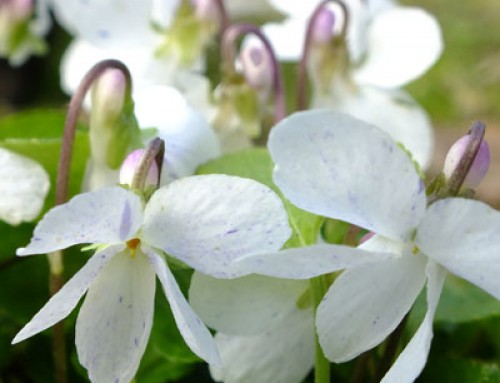
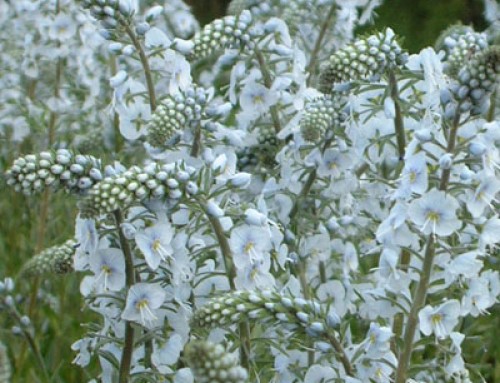
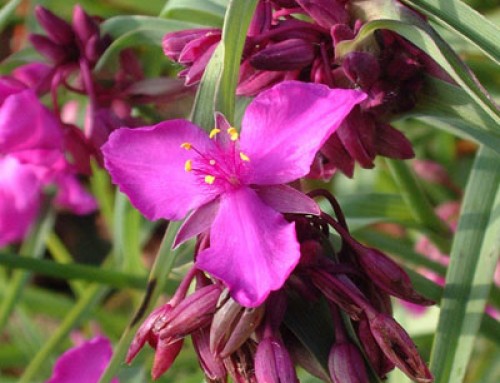
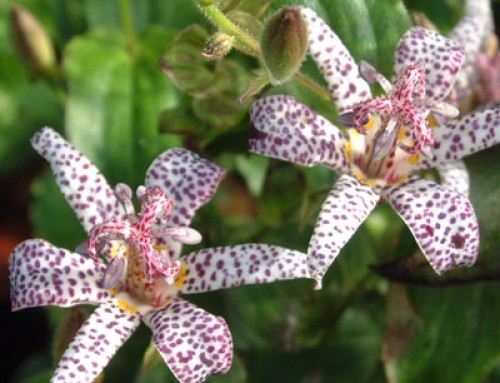
Leave A Comment
You must be logged in to post a comment.